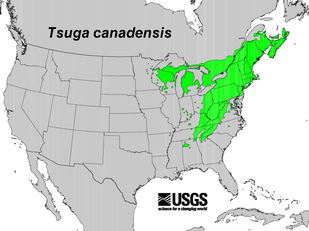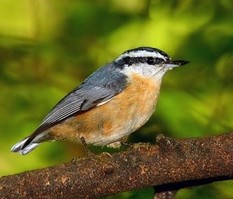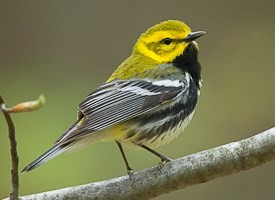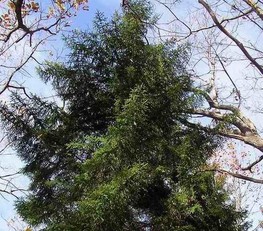The eastern hemlock (Tsuga canadensis) is a coniferous tree native to eastern North America. It is the state tree of Pennsylvania for its historic use in tanning hides in the leather industry. Thick hemlock cover provides habitat for various birds including magnolia, blackburnian and black-throated green warblers, purple finch, red-breasted nuthatch and saw-whet owls.
Grouse and turkey use the hemlock for roosts and winter cover. The conifer provides a protected wintering area for the whitetail deer herd by reducing the snow pack and providing thermal cover from the coldest temperatures and wind chills.
Normally, hemlock seedlings/saplings would provide a
suitable winter food supply (foliage, twigs, and seeds) but most of these
have been eliminated by a nonnative invasive species known as the hemlock wooly
adelgid, leaving less food for deer and less cover for birds and small mammals.
Click the link below to learn more about the hemlock wooly adelgid, and the threat it poses to the eastern hemlock.
Click the link below to learn more about the hemlock wooly adelgid, and the threat it poses to the eastern hemlock.
Location |
|



